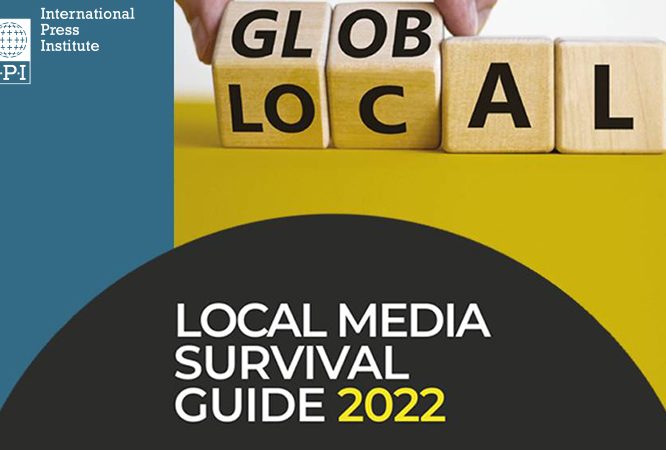In an age where misinformation and fake news are rampant, the concept of “fake fake news” has emerged as a concerning trend. These are fabricated survival warnings or crisis alerts that mimic genuine warnings but are designed to deceive or confuse the public. Understanding the nature of these deceptive messages, their potential impact, and how to navigate them is crucial for maintaining accurate information and ensuring safety. Here’s an in-depth look at what fake fake news survival warnings are, how they spread, and what you can do to protect yourself.
Understanding Fake Fake News Survival Warnings
What Are Fake Fake News Survival Warnings?
Fake fake news survival warnings are false alerts that appear to be genuine survival tips or emergency warnings but are actually designed to mislead or deceive. These messages often use dramatic language and urgent tones to capture attention and create a sense of panic. They can cover a range of topics, including natural disasters, health emergencies, or other crisis situations.
Characteristics of Fake Fake News
- Sensational Headlines: These warnings often feature sensational or alarmist headlines to grab attention quickly.
- False Claims: They may contain exaggerated or entirely false information about the severity or nature of a crisis.
- Unverified Sources: The information is frequently attributed to dubious or non-existent sources, making it difficult to verify its authenticity.
Examples
- False Emergency Alerts: Messages claiming imminent threats like natural disasters or attacks that are not based on any real threat.
- Fake Health Warnings: Alerts about non-existent health crises or misleading health advice that could potentially cause harm or panic.
How Fake Fake News Survival Warnings Spread
Social Media and Messaging Apps
Social media platforms and messaging apps are common channels for spreading fake fake news survival warnings. These platforms allow for rapid dissemination of information, and deceptive warnings can quickly go viral. Characteristics contributing to their spread include:
- Shareability: Sensational and alarming content is more likely to be shared by users, amplifying its reach.
- Lack of Verification: The ease of sharing unverified information contributes to the spread of false warnings.
Websites and Forums
Certain websites and online forums may host or propagate fake fake news survival warnings:
- Unregulated Sites: Some websites lack editorial oversight and may publish or share misleading content.
- Discussion Forums: Forums where users discuss various topics can sometimes become breeding grounds for false information.
Email and Text Messages
Fake fake news survival warnings can also be distributed via email and text messages:
- Phishing Schemes: Emails or text messages claiming urgent action is needed may be part of phishing schemes designed to gather personal information or spread false information.
- Chain Messages: These messages often rely on users forwarding them to others, contributing to their viral spread.
Impact of Fake Fake News Survival Warnings
Public Panic and Misinformation
Fake fake news survival warnings can lead to unnecessary panic and confusion among the public:
- Fear and Anxiety: False alerts can cause undue fear and anxiety, affecting mental health and well-being.
- Misallocation of Resources: People may take unnecessary precautions or divert resources based on false warnings, potentially leading to waste or mismanagement.
Undermining Trust in Genuine Alerts
Repeated exposure to fake fake news can erode trust in legitimate emergency warnings:
- Skepticism: Constant exposure to false warnings can lead to skepticism towards genuine alerts, potentially resulting in delayed responses during real emergencies.
- Reduced Compliance: People may become less likely to follow genuine safety recommendations if they frequently encounter false information.
Potential Harm
In some cases, fake fake news survival warnings can cause direct harm:
- Inappropriate Actions: Following misleading survival tips may lead to unsafe behaviors or practices.
- False Security: Conversely, some warnings may downplay genuine risks, leading to inadequate preparations or responses.
How to Protect Yourself from Fake Fake News Survival Warnings
Verify Information
To avoid falling victim to fake fake news survival warnings, always verify information through reliable sources:
- Check Credible Sources: Look for information from official and credible sources, such as government agencies, reputable news outlets, and expert organizations.
- Cross-Check Facts: Verify claims by checking multiple independent sources to confirm their accuracy.
Use Fact-Checking Tools
Several tools and resources can help you assess the credibility of information:
- Fact-Checking Websites: Websites like Snopes, FactCheck.org, and PolitiFact offer tools to verify the accuracy of news and alerts.
- Social Media Tools: Some social media platforms have built-in tools to flag false information or provide fact-checking services.
Be Skeptical of Sensationalism
Exercise caution when encountering sensational or alarmist content:
- Assess the Source: Consider the source of the information and its credibility.
- Evaluate the Content: Be wary of messages that use dramatic language or lack substantive evidence.
Educate Yourself and Others
Raising awareness about the dangers of fake fake news can help prevent its spread:
- Promote Media Literacy: Educate yourself and others about identifying and avoiding misinformation.
- Share Knowledge: Help others understand how to verify information and recognize false warnings.
Fake fake news survival warnings are a growing concern in the digital age, contributing to misinformation and public confusion. By understanding what these warnings are, how they spread, and their potential impacts, individuals can better navigate the landscape of information and protect themselves from deception. Verifying sources, using fact-checking tools, being skeptical of sensationalism, and promoting media literacy are crucial steps in combating the spread of fake fake news and ensuring that accurate and reliable information prevails.

